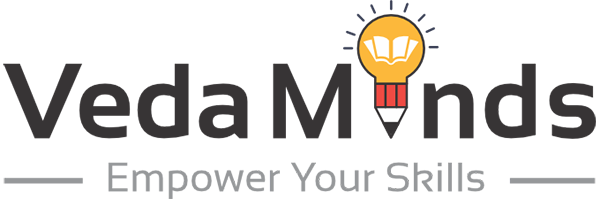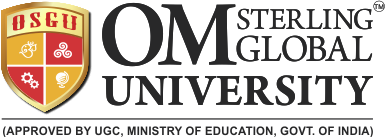Home » Neurotherapy
Neurotherapy
Neurotherapy, an age-old rehabilitative blood circulation technique rooted in Vedic principles and philosophy, focuses on restoring harmony within the body. This natural healing approach targets nerves, muscles, joints, as well as blood and lymphatic pathways. Practitioners of this therapy emphasize the influence of three distinct energy forces—Vata (air), Pitta (bile), and Kapha (water)—that coordinate the body. By promoting balance among these forces, neurotherapy aims to optimize physical, mental, and spiritual well-being, enhancing overall bodily function.
Neurotherapy, an integral aspect of Ayurvedic medicine, has been employed historically under various monikers for rehabilitative purposes. Dr. Lajpatrai Mehra, situated in Mumbai, India, played a pivotal role in rekindling interest in Neurotherapy. The terminology “Neurotherapy” (where “neuro” refers to “nadi” or nerves, and “therapy” denotes application) was introduced during the 1950s. This approach underscores the paramount significance of maintaining the body’s internal harmony for sustaining good health.
How does it work?
Neurotherapy stands as a comprehensive healing system, encompassing mechanical, psychological, bio-force, and biochemical dimensions. It delves into the underlying origins of ailments and addresses them through a holistic approach. Imbalances within bodily organs disrupt the biochemical forces, paving the way for disease manifestation. Therapists intervene by applying pressure or massaging nerve channels to activate or deactivate specific organs. This action influences blood flow, other bodily fluids, and nerve currents, ultimately reinstating bodily equilibrium and harmony.
Which therapeutic approach is utilized?
Differing from many other bodywork therapies, Neurotherapy involves the application of pressure and massage to various body parts, primarily utilizing the feet and occasionally the hands. This procedure is executed with the patient positioned between two chairs. The therapist skillfully manages the pressure by leaning on a chair, using their body weight to apply controlled pressure onto the patient’s body. It’s important to note that the pressure administered to the nerve channels is adjusted based on factors such as the patient’s age, gender, and tolerance. Another technique integral to Neurotherapy is massage, performed similarly to pressure application. This massage technique enhances blood circulation to the organs, leading to the extension of tissues, muscles, and nerves.
Testimonials
Enrolling in the neurotherapy course has been a life-changing decision for me. The profound insights into the mind-body connection and the practical techniques I learned have not only helped me manage stress but have also set me on a transformative journey towards holistic wellness.
Sidhesh Tiwari
I can't express enough how much the neurotherapy course has positively impacted my life. The blend of scientific knowledge and ancient yogic practices provided a unique perspective on healing. I feel equipped to help others regain their health and harmony through these powerful techniques.
Swati Dhir
As a healthcare professional, the neurotherapy course expanded my toolkit significantly. The course content was comprehensive, and the practical training allowed me to integrate neurotherapy and yoga principles into my practice, resulting in improved patient outcomes.
Nandan Sharma
Previous
Next


